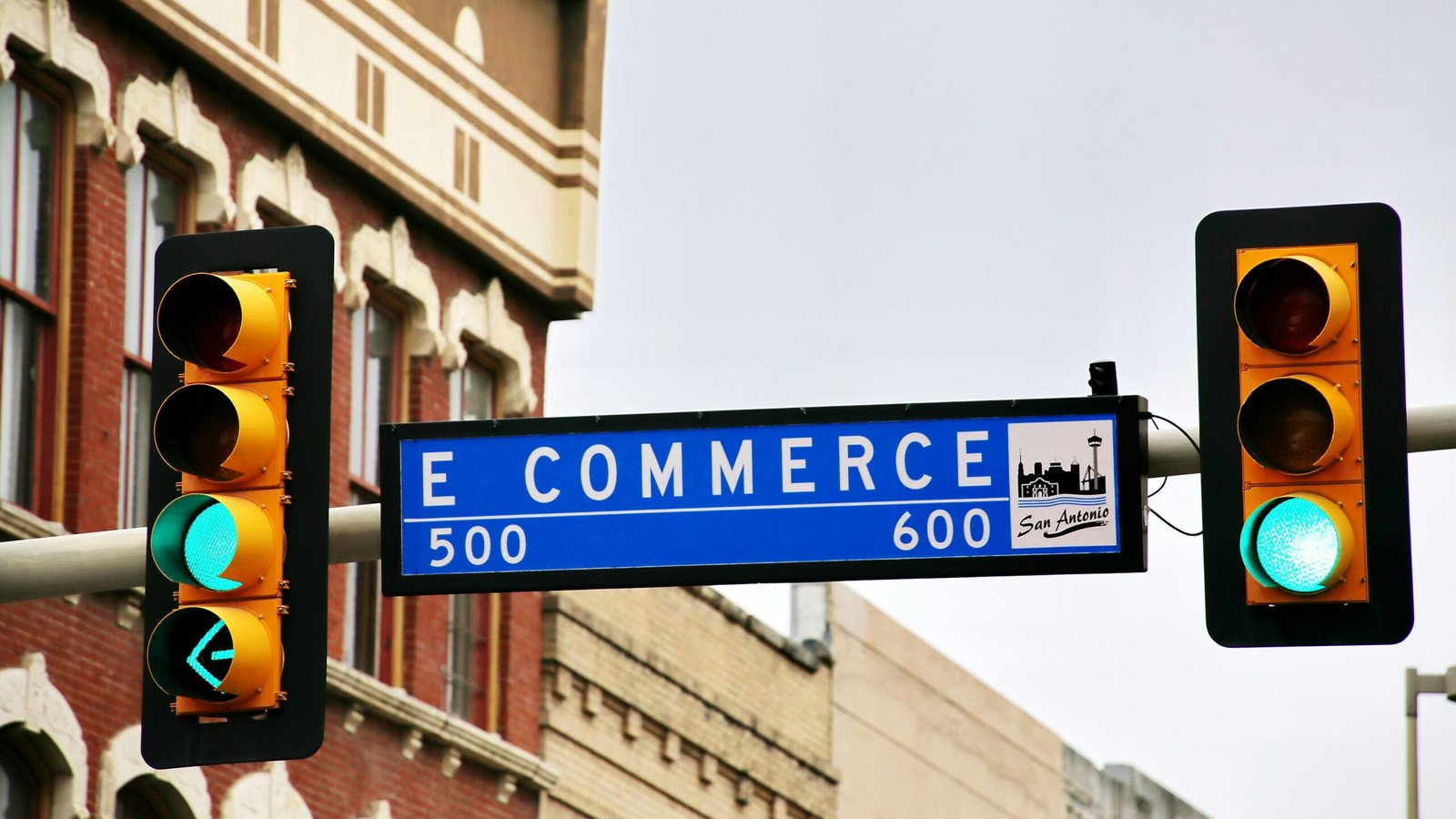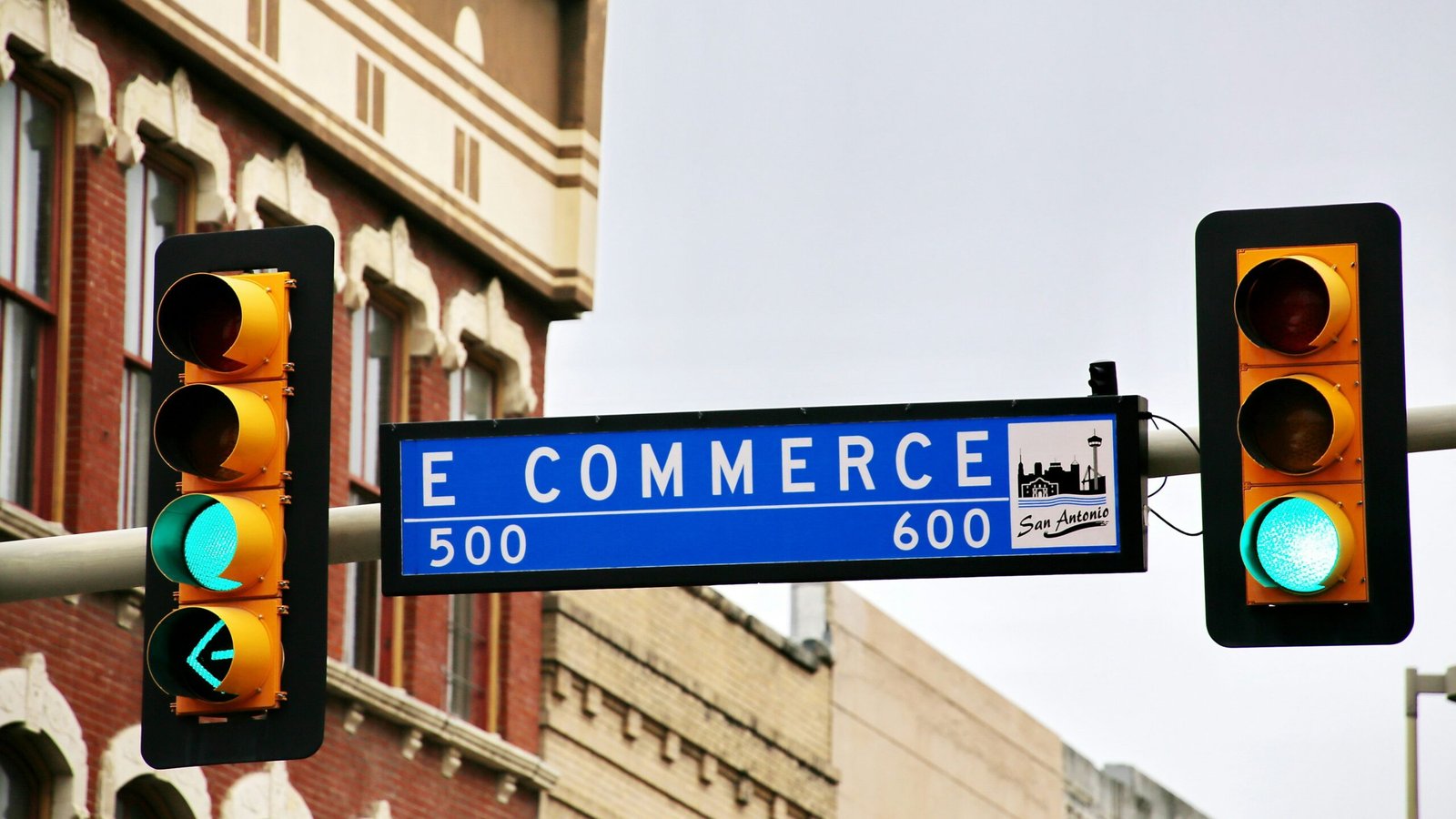Three Most Common E-commerce Email Messages to Improve User Experience: Announcements, Follow-ups, and Welcome/Thank You Emails
Introduction
Email marketing plays a crucial role in the success of any e-commerce business. It allows companies to communicate directly with their customers, build brand loyalty, and drive sales. Among the various types of email messages, there are three that stand out for their effectiveness in improving user experience: announcements, follow-ups, and welcome/thank you emails. In this blog post, we will explore these three types of emails and discuss how they can enhance the overall user experience in e-commerce.
1. Announcements
Announcement emails are a great way to keep customers informed about new products, promotions, or any other important updates related to your e-commerce business. These emails serve as a direct channel to communicate exciting news and generate interest among your customer base. Here are a few key tips to optimize your announcement emails:
- Keep the subject line concise and compelling to encourage recipients to open the email.
- Include visually appealing images or videos to showcase the featured product or promotion.
- Ensure the email is mobile-friendly, as a significant portion of users access emails on their smartphones.
- Provide clear and concise information about the announcement, including any relevant details such as pricing, availability, and duration of the promotion.
- Include a strong call-to-action (CTA) that directs recipients to take the desired action, such as making a purchase or visiting your website.
2. Follow-ups
Follow-up emails are an effective way to nurture customer relationships and encourage repeat purchases. These emails can be triggered by various actions, such as abandoned shopping carts, completed purchases, or even browsing behavior. Here are some best practices for creating impactful follow-up emails:
- Personalize the email by addressing the recipient by their name and referencing their recent activity or purchase.
- Remind customers about the items they left in their shopping cart and offer an incentive, such as a discount or free shipping, to encourage them to complete the purchase.
- Include related product recommendations based on the customer’s browsing or purchase history to upsell or cross-sell.
- Provide clear and easy-to-follow instructions for any necessary actions, such as returning a product or contacting customer support.
- Include social proof, such as customer reviews or testimonials, to build trust and credibility.
3. Welcome/Thank You Emails
Welcome and thank you emails are essential for creating a positive first impression and fostering a sense of gratitude towards your customers. These emails are typically sent after a user signs up for an account, makes their first purchase, or subscribes to a newsletter. Here are some key elements to include in your welcome/thank you emails:
- Express genuine appreciation for the customer’s support and emphasize the value they bring to your business.
- Provide a warm and friendly introduction to your brand, including a brief overview of your mission, values, and unique selling points.
- Offer a special discount or exclusive offer as a token of gratitude for their loyalty or to encourage future purchases.
- Include relevant links to useful resources, such as customer support, FAQs, or helpful blog posts.
- Encourage customers to connect with your brand on social media and provide links to your social media profiles.
Conclusion
Announcement, follow-up, and welcome/thank you emails are powerful tools in the e-commerce industry for improving user experience and driving customer engagement. By carefully crafting these emails and optimizing them for personalization, relevance, and visual appeal, e-commerce businesses can effectively communicate with their customers, build brand loyalty, and ultimately increase sales. Implementing these email strategies will help create a positive and memorable user experience, leading to long-term customer satisfaction and business growth.







